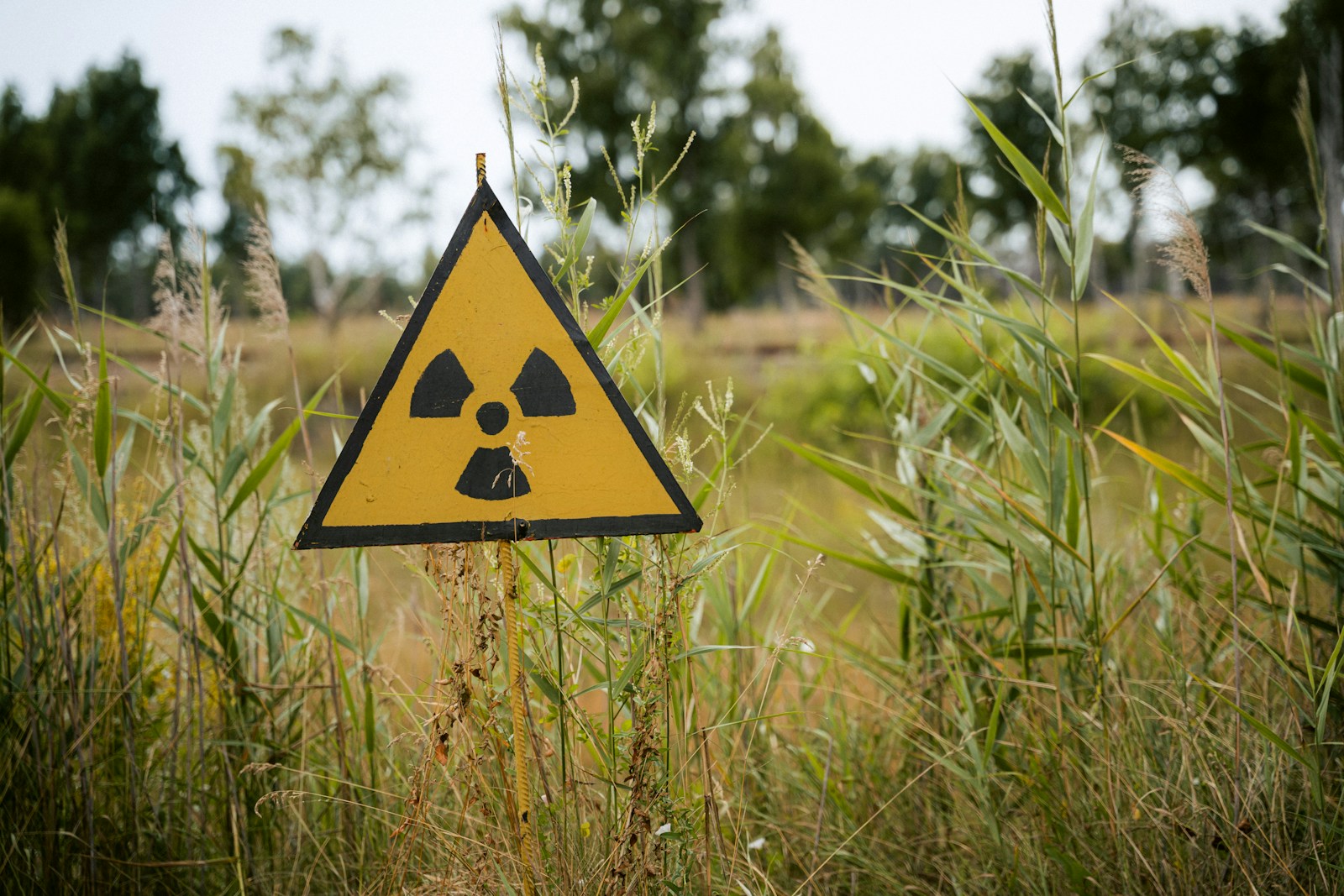The Environment Protection (Management Of Contaminated Sites) Rules, 2025: An Analysis

Introduction
By Notification S.O. 3401(E) dated 24 July 2025, the Central Government, exercising the powers conferred by Sections 3, 6, 8 and 25 of the Environment (Protection) Act, 1986, promulgated the Environment Protection (Management of Contaminated Sites) Rules, 2025. The instrument concludes a rule-making cycle initiated on 21 August 2024 when the draft rules were published for public comment. All objections and suggestions received within the sixty-day window were considered. The rules are now binding throughout India, subject only to the specific exclusions delineated therein.
Material Scope and Jurisdictional Limits
Rule 2 expressly withholds application from four categories of contamination: (a) radioactive waste governed by the Atomic Energy (Safe Disposal of Radioactive Wastes) Rules, 1987; (b) mining operations under the Mines and Minerals (Development and Regulation) Act, 1957; (c) marine oil pollution regulated by the Merchant Shipping Acts; and (d) solid waste arisings from authorised dump sites under the Solid Waste Management Rules, 2016. Notwithstanding these exclusions, Rule 2(2) provides that where the contaminant of concern exceeds the Response Levels prescribed in Schedule-I, the rules shall apply ipso facto.
Definitions and Legal Constructs
Rule 3 invests key terms with precise juridical content. “Contaminated Site” signifies an area formally declared under Rule 4(9) after rigorous assessment. “Responsible Person” is not merely the polluter in fact but extends, by operation of Rule 5(3), to any transferee who acquires the land after contamination. “Response Level” and “Screening Level” are quantitative thresholds derived from Schedule-I; their breach triggers distinct procedural consequences. The definition of “Orphan Site” addresses the evidentiary difficulty of tracing historical polluters and allocates fiscal responsibility to the Consolidated Fund of India and the respective State exchequer in predetermined ratios.
Mechanism for Identification
Rule 4 establishes a phased identification protocol anchored in administrative law principles of transparency and reasoned decision-making. Local bodies and district administrations are under a mandatory obligation to maintain a rolling inventory of suspected sites on the centralised portal. The State Pollution Control Board is then enjoined to conduct a preliminary assessment within ninety days. If contaminant concentrations exceed Screening Levels, the site is re-classified as “probable”; a detailed assessment must follow within three months. At each stage, public notice is compulsory. Final declaration as a “contaminated site” occurs only upon confirmation that Response Levels have been breached.
Remediation Regime
Rule 5 imposes a strict liability framework. Once a site is declared contaminated, the State Board must, within ninety days, identify the Responsible Person and secure the preparation of a remediation plan. The plan is a statutory instrument requiring approval under Rule 5(8) and must incorporate site-specific remediation levels, risk-assessment methodology, financial assurance and post-remediation monitoring protocols. Failure of the Responsible Person to comply empowers the State Board to proceed under the doctrine of subsidiary liability, drawing funds from the Environmental Relief Fund and the Environmental Compensation pool. Rule 5(13) mandates that remediation continue until contaminant levels are brought down to the site-specific remediation level; any subsequent restriction on land use must be notified in the Official Gazette.
Verification and Certification
Rule 6 institutes a layered verification architecture. Upon completion of remediation, the State Board must transmit its report to the Central Board, which may commission an independent verification by an empanelled reference organisation. The Central Remediation Committee reviews both reports and may direct supplementary remediation. Only after the Committee’s endorsement does the State Board issue a Remediation Completion Order under Rule 6(5). The order is conclusive evidence of compliance and may be relied upon in any judicial or quasi-judicial forum.
Reference Organisations
Rule 7 read with Schedule-II lays down stringent eligibility criteria. An organisation seeking empanelment must demonstrate not merely technical competence but also proven experience: a minimum of five years and at least three completed projects, one of which must involve preparation or execution of a remediation plan. Human-resource prescriptions mandate specific qualifications—MTech, MSc, BTech, BSc—in environmental or allied disciplines, coupled with stipulated years of relevant experience. The Central Board retains the power to cancel empanelment for fraud, misrepresentation or non-performance, thereby ensuring accountability.
Financial Architecture
Rule 8 creates a hybrid financing model. Initial assessment costs are defrayed from the Environmental Relief Fund constituted under the Public Liability Insurance Act, 1991, supplemented by state contributions. Cost-sharing ratios are geographically calibrated: ninety per cent Central funding for the North-Eastern and Himalayan States, sixty per cent for other States, and one hundred per cent for Union Territories. The Centre may advance the State’s share if immediate remediation is warranted, with recovery mechanisms protected under the doctrine of governmental privilege. Rule 8(5) enforces strict recoupment from the Responsible Person within three months of identification.
Centralised Online Portal
Rule 9 elevates transparency to a statutory obligation. The Central Board is required to design, host and continuously update a single portal integrating geospatial data, analytical results, remediation plans, progress reports and remediation certificates. The portal functions as a public record within the meaning of the Evidence Act, 1872, and failure to upload mandatory data constitutes non-compliance attracting penalties under the parent Act.
Central Remediation Committee
Rule 10 constitutes the Central Remediation Committee as a statutory authority. Its composition—drawn from the Central Board, key ministries, State Boards and independent experts—ensures multi-disciplinary oversight. The Committee exercises original jurisdiction to review any matter referred by the Central Government or the Central Board and is bound to meet at least once every six months. State Governments are required to constitute mirror committees within three months, creating a federal appellate layer.
Functions of the Central Board
Rule 11 codifies the Central Board’s obligations beyond portal administration: annual consolidated review reports, issuance of technical guidelines (subject to prior governmental sanction on compensation matters), and requisition of funds. These functions are mandatory and non-compliance is actionable under the parent Act.
Voluntary Remediation
Rule 12 introduces a dispensation for proactive landowners. A voluntary remediation proposal must be accompanied by a preliminary assessment, inter se agreement among all owners and occupiers, proof of financial capacity and an undertaking of compliance. Approval by the Central Government does not confer immunity from future liability if residual contamination is later discovered
Environmental Compensation
Rule 13 empowers the State Board—and in default, the Central Board—to impose environmental compensation. The quantum is to be guided by the “polluter pays” principle and the judicially recognised parameters of restitution and deterrence. All sums recovered must be credited to the Environmental Relief Fund and earmarked exclusively for restoration activities. Rule 13(4) clarifies that payment of compensation does not extinguish the obligation to bear full remediation costs.
Conclusion
The Environment Protection (Management of Contaminated Sites) Rules, 2025 is a well drafted legislation which integrates scientific rigour, fiscal responsibility and procedural fairness. By fusing mandatory assessment, strict liability, transparent data disclosure and calibrated financial support, the rules establish a robust framework for the remediation of contaminated land. Effective implementation will depend on unwavering adherence to statutory timelines, rigorous enforcement of the polluter-pays principle and sustained investment in technical capacity at all tiers of government.
For further details wrote to contact@indialaw.in
By entering the email address you agree to our Privacy Policy.



